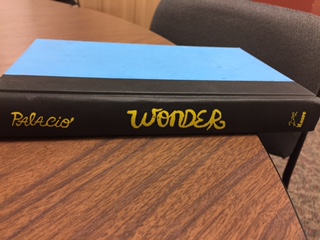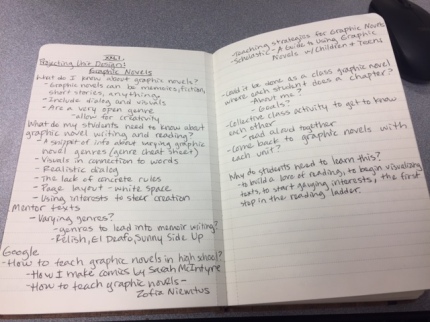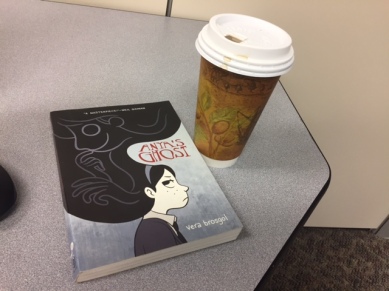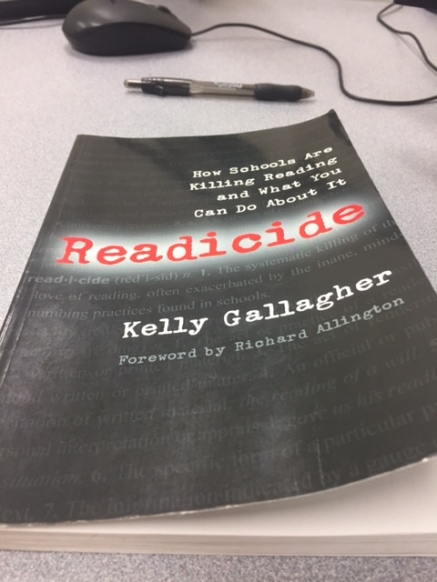
I already know I will not do Kelly Gallagher’s Readicide justice in this blog post. I learned an incredible amount from reading this book about how schools kill the love of reading, and what I can do about it as a future teacher. In the introduction, Gallagher lists the reasons that readicide has occurred in our school with the main factor being the emphasis on standardized tests in the U.S. Our schools have lost focus of what is important: creating lifelong learners and readers. Instead, teachers have been teaching to the test. Important time has been taken away from reading and deep thinking and been given to test prep.
Gallagher attributes four things to the cause of readicide: 1. Schools value the development of test-takers more than they value the development of readers. 2. Schools are limiting authentic reading experiences. 3. Teachers are overteaching books. 4. Teachers are underteaching books. The fact that people learn the most from reading is a simple thought that has been lost in the sea of tests. We learn the most about the world, about vocabulary and grammar, about ourselves, and about others from reading not from filling out multiple choice tests.
In chapter 1, Gallagher pursues an in-depth analysis of how the emphasis on tests in our country is killing students’ chance at loving reading. Teachers are responsible for teaching a massive amount of standards. Consequently, teachers teach each of these standards only on the surface level. Classes zoom through the surface of different content, but never can take an in-depth, critical look at one element of the class. Instead of critically and creatively thinking about each war within history, classes are speeding through the facts of each war without really having a deep understanding of any of it. This surface level look at an incredible amount of things does not allow students to gain an interest in any of it; they do not have time to gain interest in World War I when they are expected to learn about it in it’s entirety within a week.
Struggling students are taken away from authentic learning experiences to learn how to take tests. Instead of helping our struggling readers by giving them more time to read and by giving them strategies, we take them out of the classroom to try to teach them how to take tests (surprise, surprise this doesn’t work). The students who come into our class needing the most help (students who come from low income backgrounds without the chance to read or to be read to who come into school word poor, students with disabilities, and English language learners) are not given the most help; they are not given authentic learning experiences. It is almost like we give up on them, and that is heart-breaking. 
In chapter 2, Gallagher begins by talking about how two of his senior students told him they could not understand the assigned article about al Qaeda because “We don’t even know who this Al guy is.” This story alone illustrates that we have a problem in our schools. Students can leave high school with only a surface level understanding of the things that make up our world: of history, politics, economics, etc. Honestly, if you would’ve asked me my freshman year of high school who the vice president was, I probably couldn’t have told you. Our schools are not giving our students enough authentic reading experiences where students can learn about the world they live in. Gallagher’s solution to this problem was to assign an article each week from Newsweek which I think is an amazing idea. Students in Gallagher’s class are learning about the world through authentic reading experiences.
The next problem Gallagher tackles is the fact that there is a lack of interesting reading materials in our schools. Yes, most schools have libraries, but will students check out a book from the library without incentive? Gallagher tells a story that illustrates that bringing a book into the classroom and being excited about having read this book encourages our students to read that book; we have to put a little effort into changing our students’ thoughts on reading. Some students come into our school in word poverty. They were not given the experiences as a child that encourage the development of an expansive vocabulary; we have to give them the opportunity to catch up and thrive as a reading by giving them a huge amount of interesting reading material. Gallagher then argues for silent sustained reading (SSR). My school never had SSR; I had to find time to read. I would get in trouble for reading in class. After reading, I am a proponent for SSR!
I’m already almost at 800 words, and I only covered two chapter, sigh.
Gallagher talks about overteaching good books in chapter 3. Yes, classics are valuable. They have lasting life lessons in them, but we kill them by overteaching them. We ask students to stop every 5 minutes to analyze the text. No real reader stops every five minutes to analyze what they read; they immerse themselves in the story. Gallagher talks about the reading flow. The reading flow is why I have pursued a degree in teaching English. It is getting lost in a book. That moment while reading where you forget that you are reading and instead you are just absorbing the story; it’s that books that passes five hours of your time without you being aware of it. It is the ultimate reading experience. When we overteach books, we do not allow students to achieve this reading flow. I believe all we have to do as teachers to get students to love reading and to become lifelong readers is to give them the opportunity to find this place within a book where they lose themselves in the story; they will spend the rest of their lives pursuing books that give them the same experience.
In a weird shift, Gallagher then talks about underteaching books; both are a problem he says. We cannot give students difficult texts without giving them any help, and we want our students to challenge themselves with difficult texts. We want students to read a classic every once in a while that encourages them to be critical of the world. As teachers, we have to find a balance between chopping a text up in a way that makes it unenjoyable and leaving students to fend for themselves with a difficult text which results in zero comprehension of the text. Gallagher says that giving students reading strategies helps develop lifelong readers. While reading this, I thought about how no one ever taught me how to be a good reader. I was left to figure it out for myself. No one taught me to reread complicated passages or to figure out the meaning of a difficult word from it’s context within a sentence. We are doing our students a disservice by not giving them reading strategies for difficult texts. Of course, for recreational texts, we do not have to teach these things; we can allow students to simply enjoy these texts.
Chapter 5 is a simple encouragement to teachers to have the courage to step up and change the way we teach. We can help our students to love reading. We can fill our classroom with interesting books. We can find a balance when teaching classics. Gallagher promotes the 50/50 approach; students read half recreational, interesting books which, of course, can also challenge them, and students read half difficult, academic, classic books. I’m not sure I agree with the split, but I do agree that there has to be both recreational and academic reading within the classroom. However, I believe the academic reading in the classroom should not be limited to classic books; students can gain so much knowledge from articles, magazines, blogs, etc. I know I have missed so many important things in this books, but I encourage everyone to read it. We can be the generation that stops readicide.




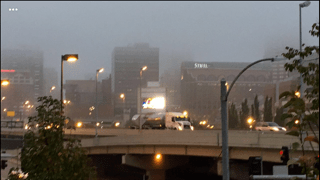
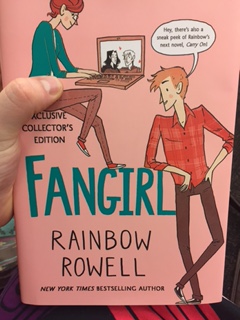
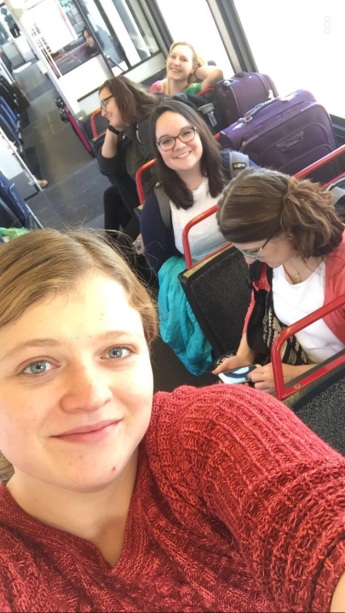
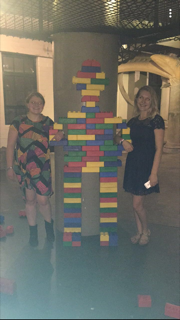
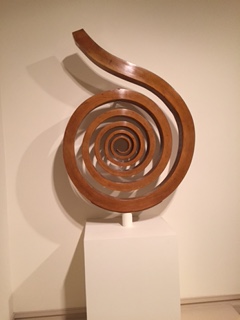
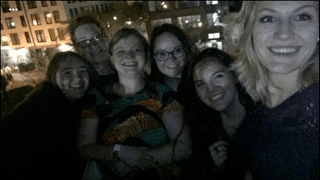
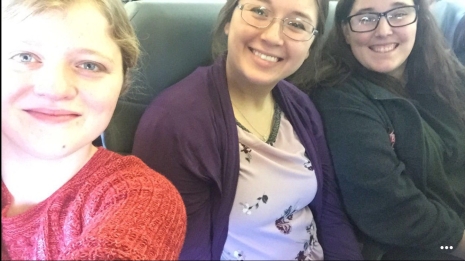





 P.S. Look at this beautiful nerd! I love your brain John Green (insert loud fangirl shriek).
P.S. Look at this beautiful nerd! I love your brain John Green (insert loud fangirl shriek).